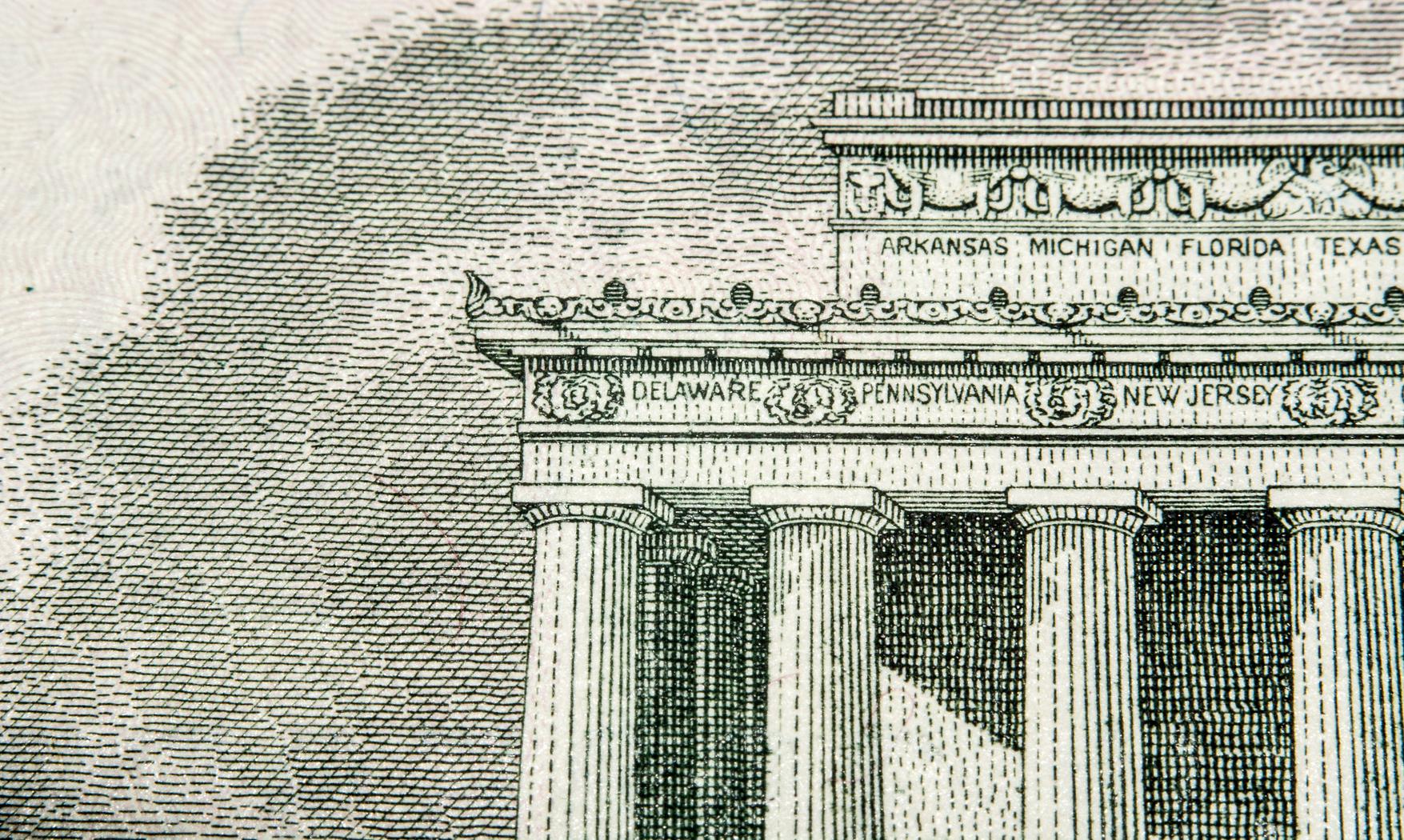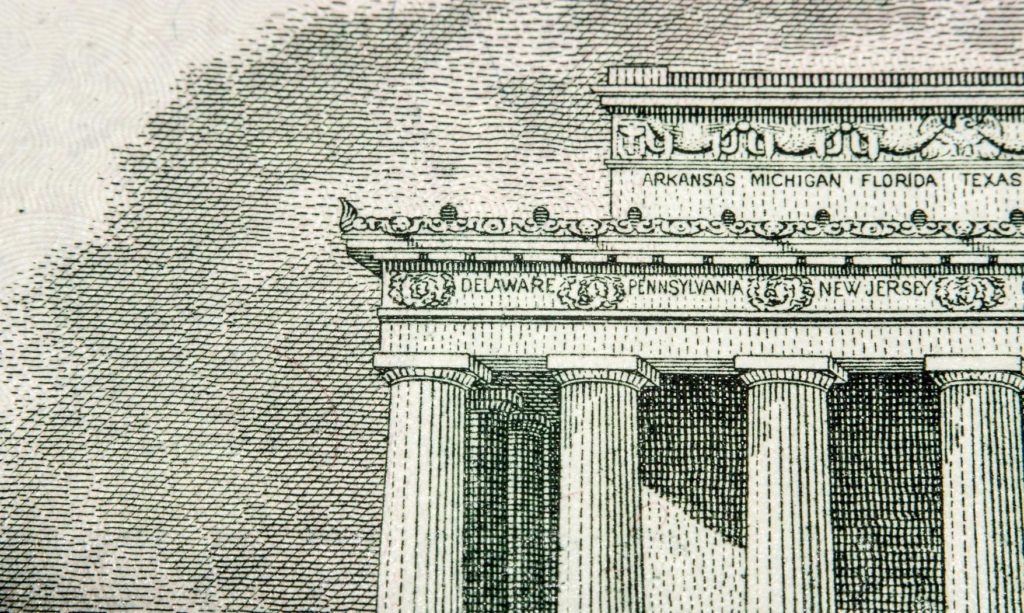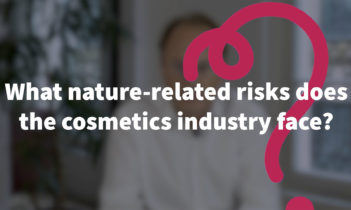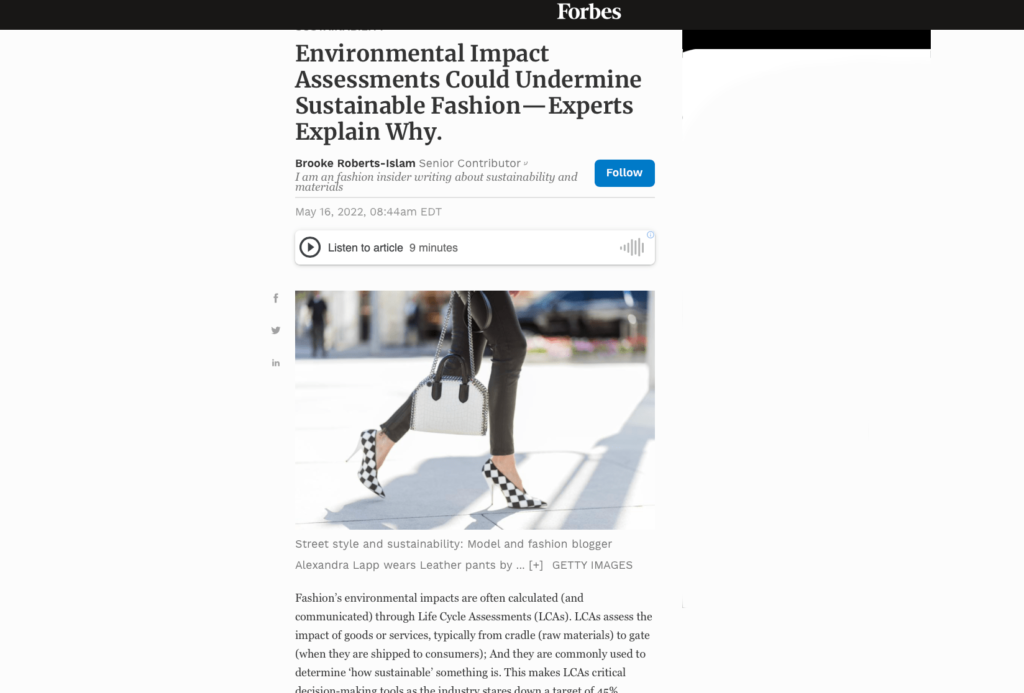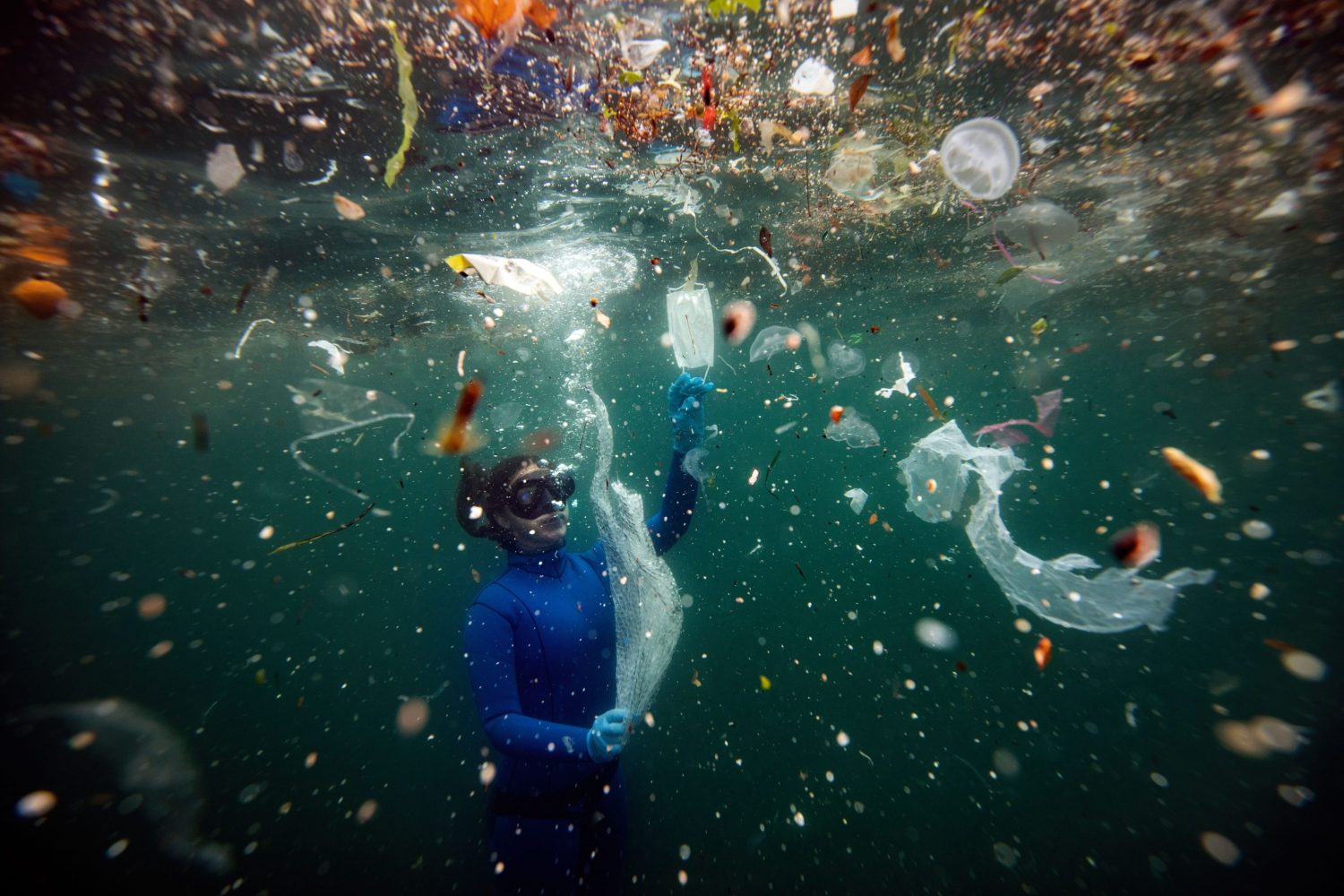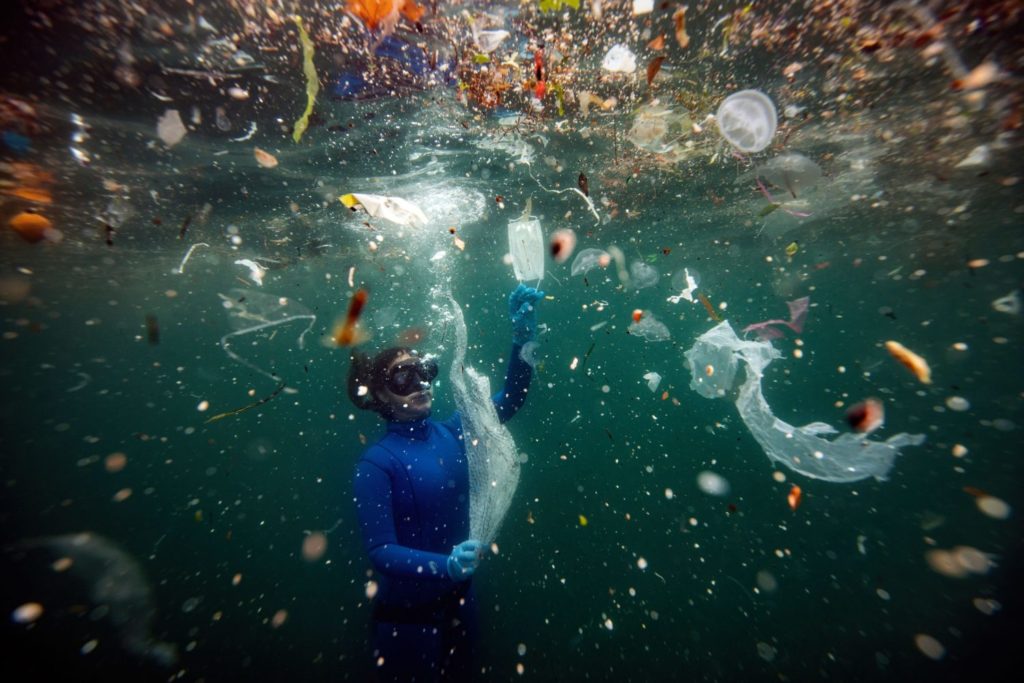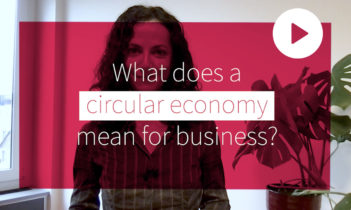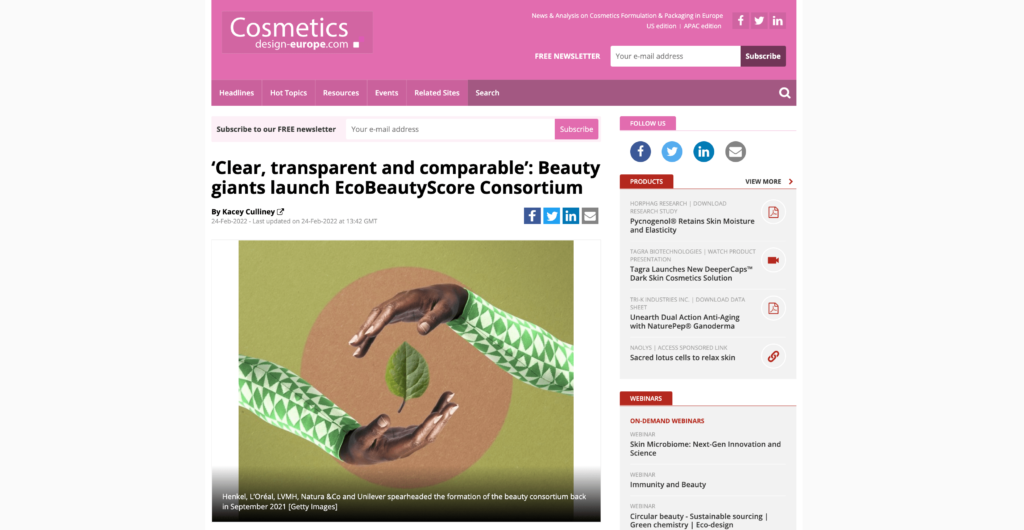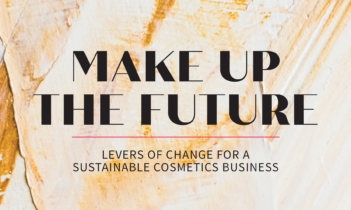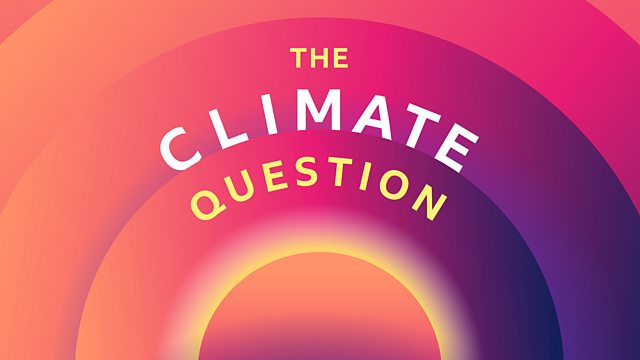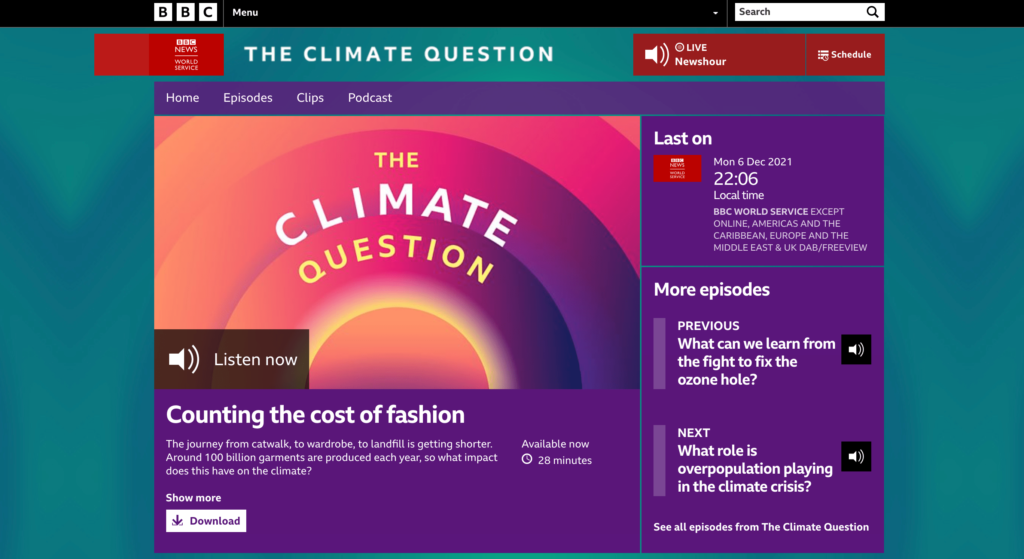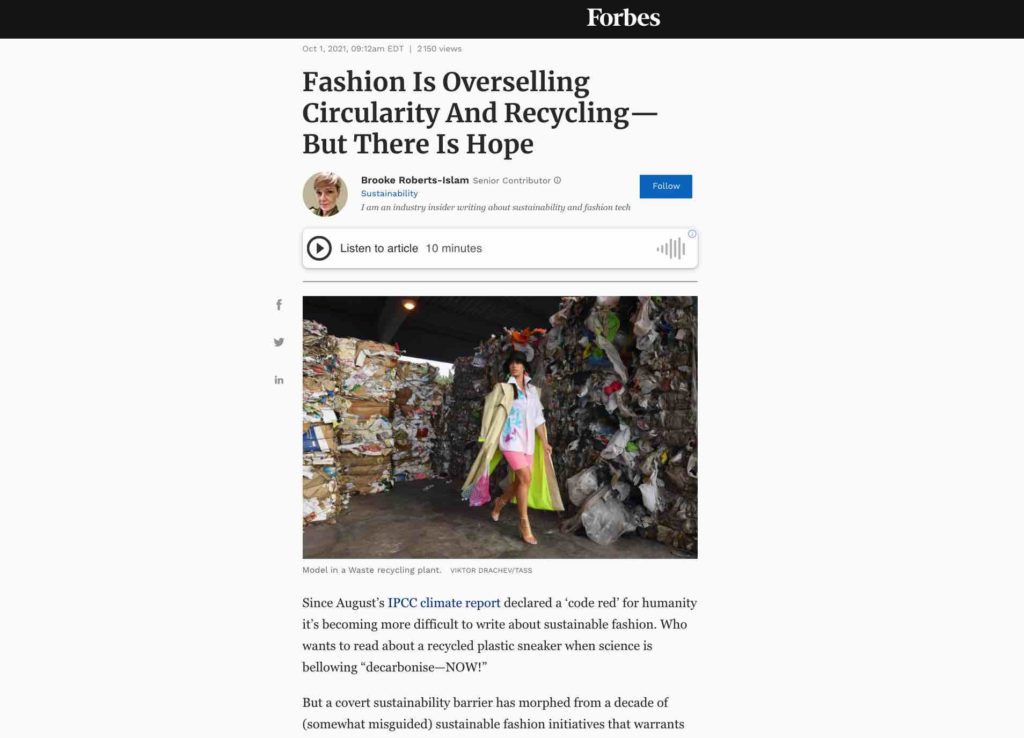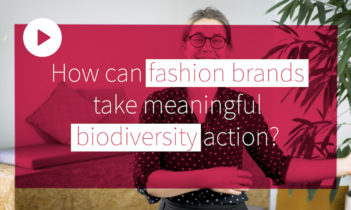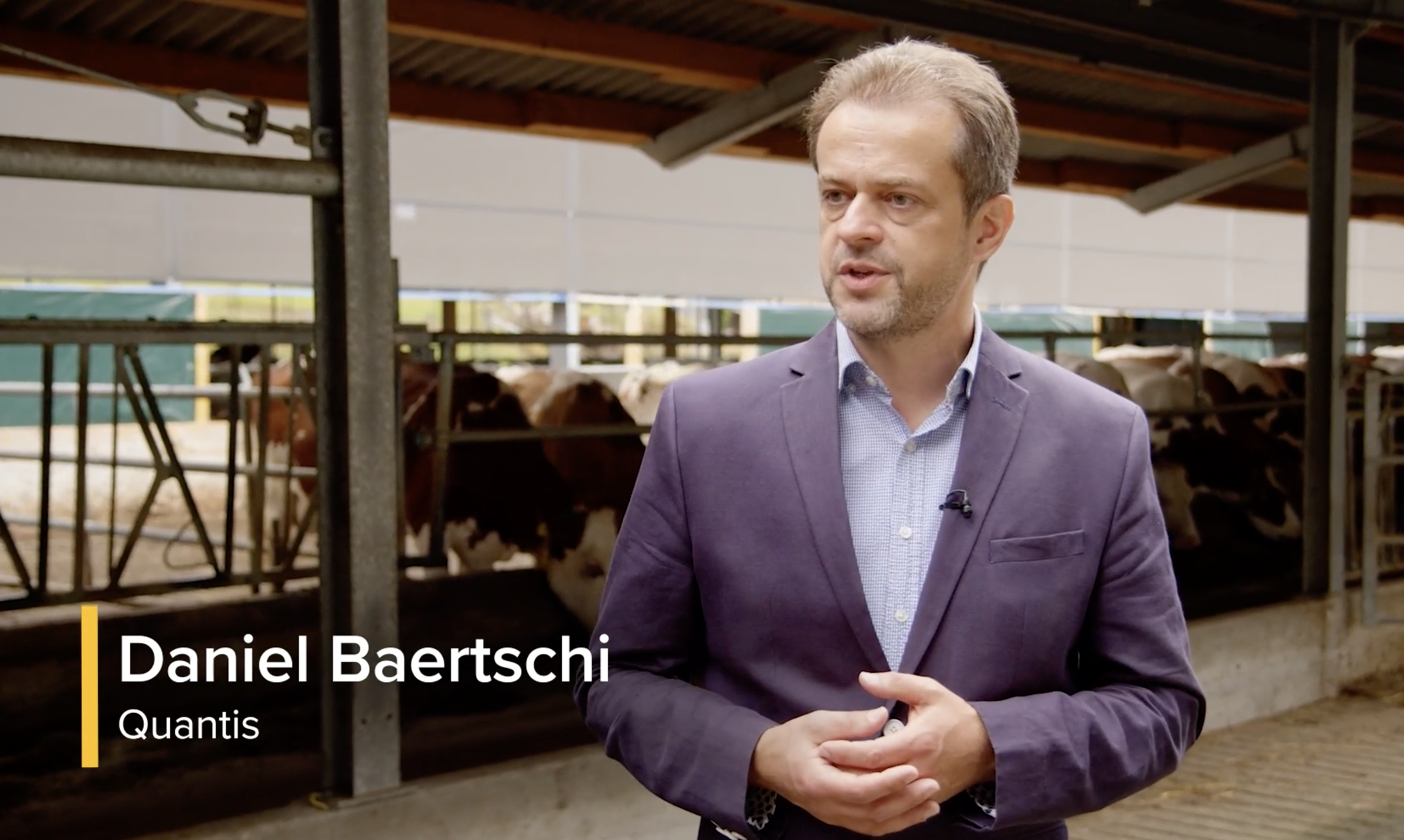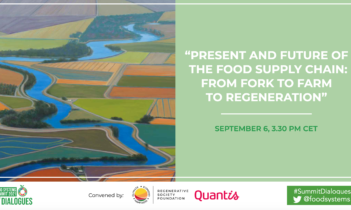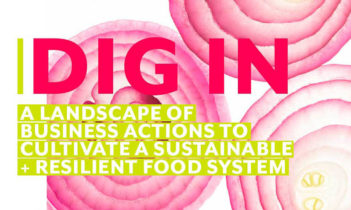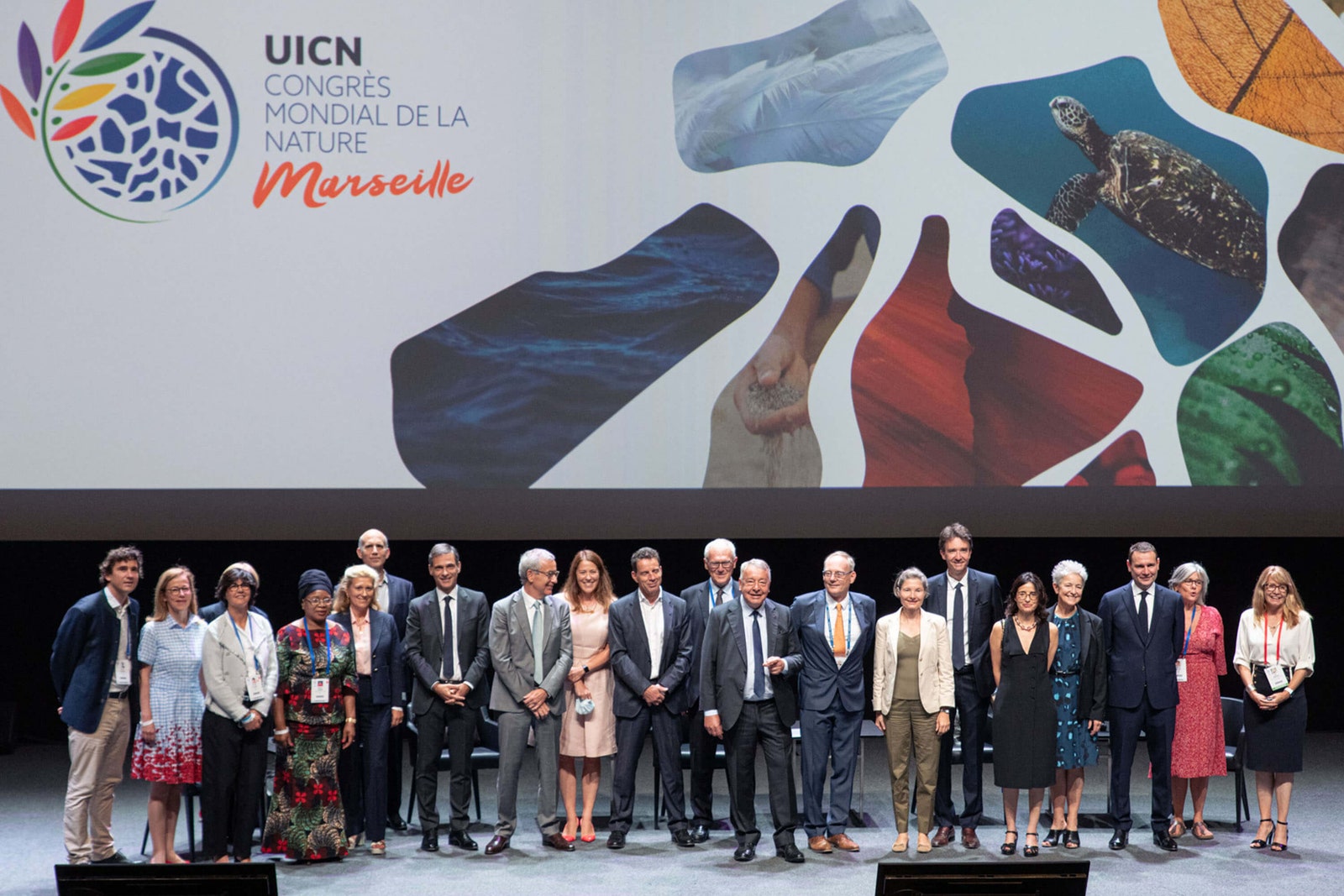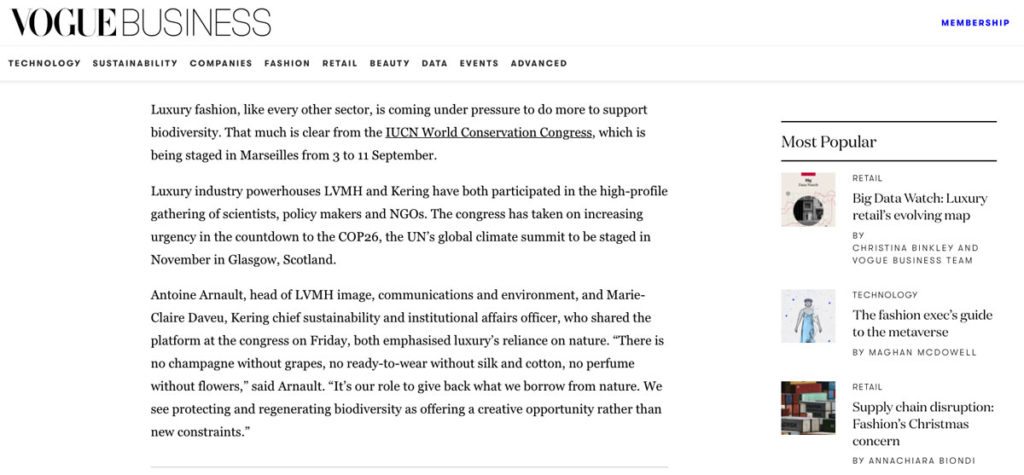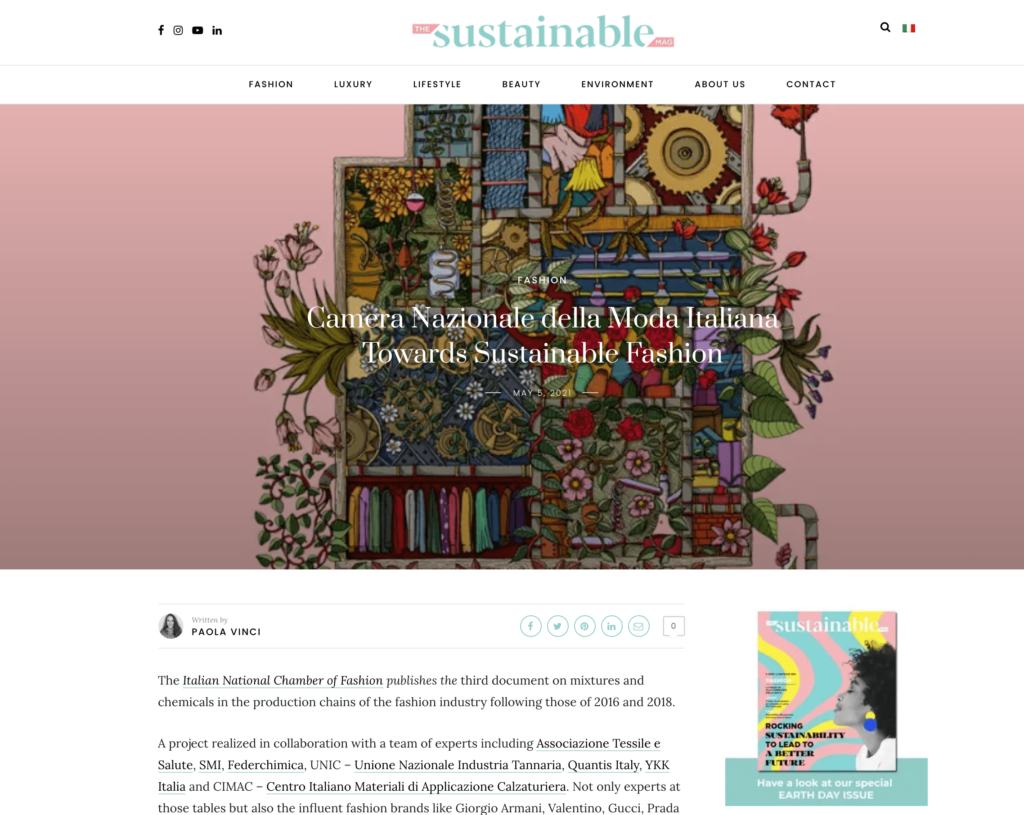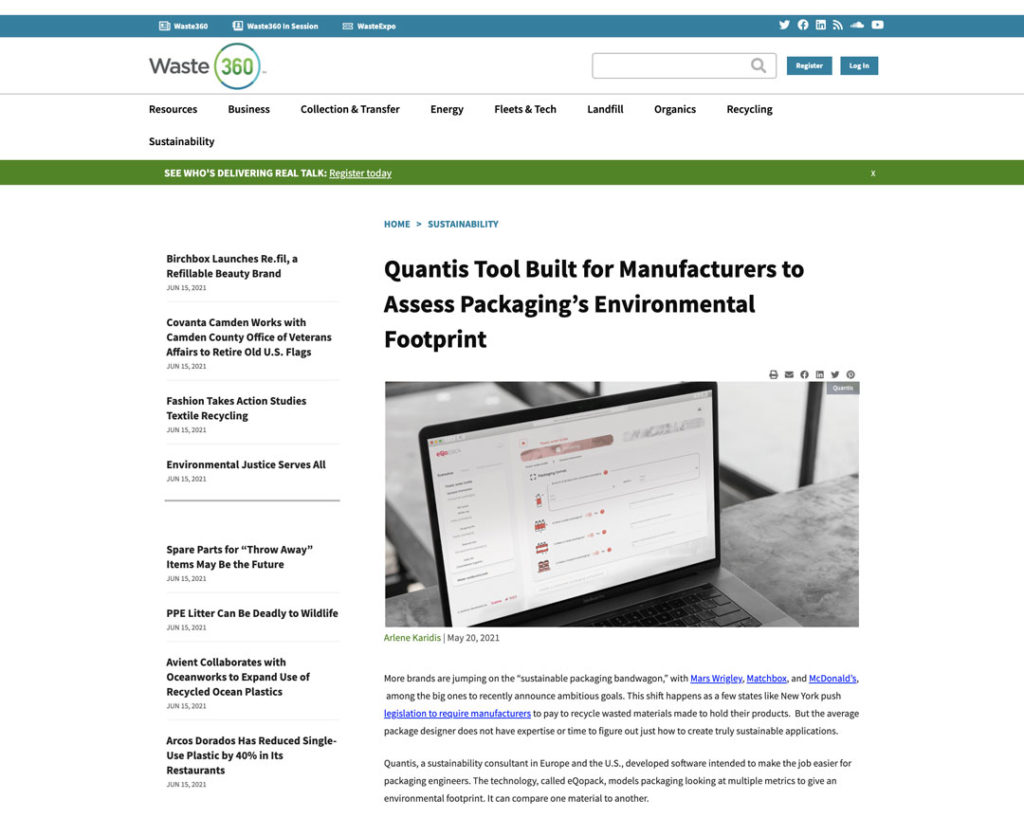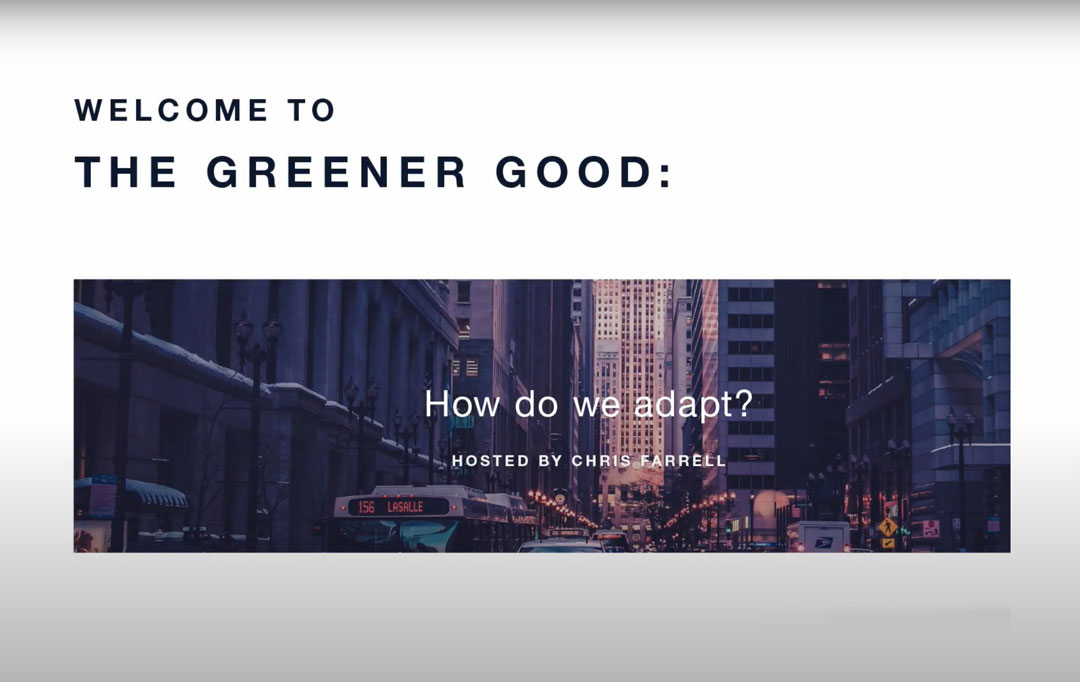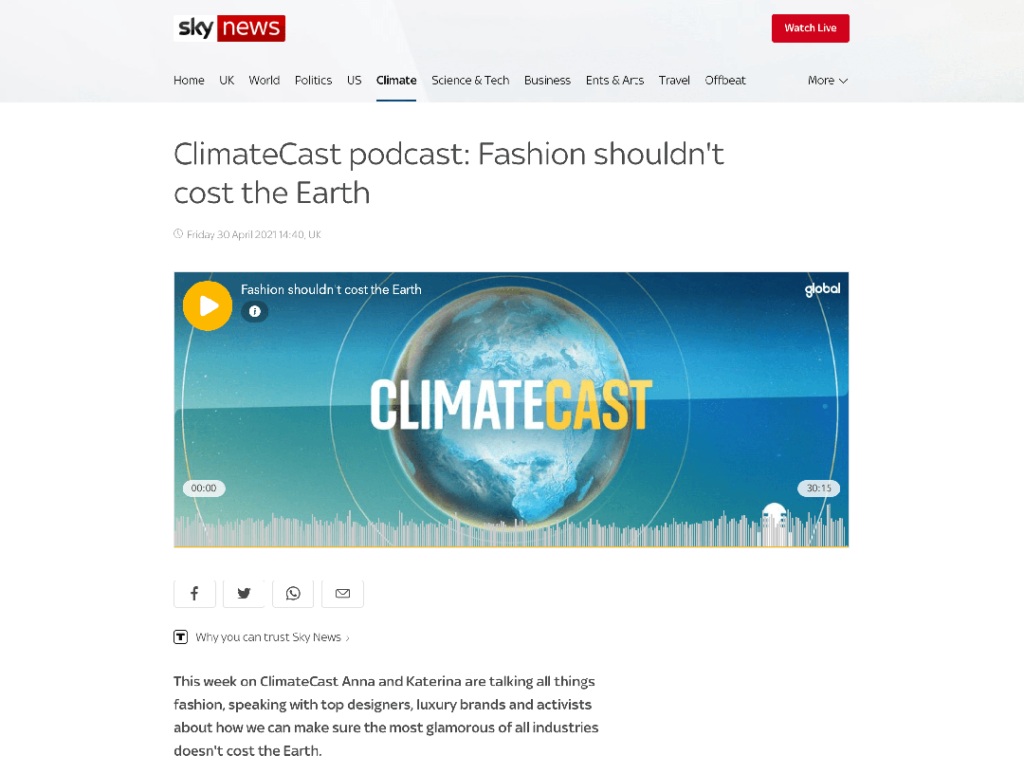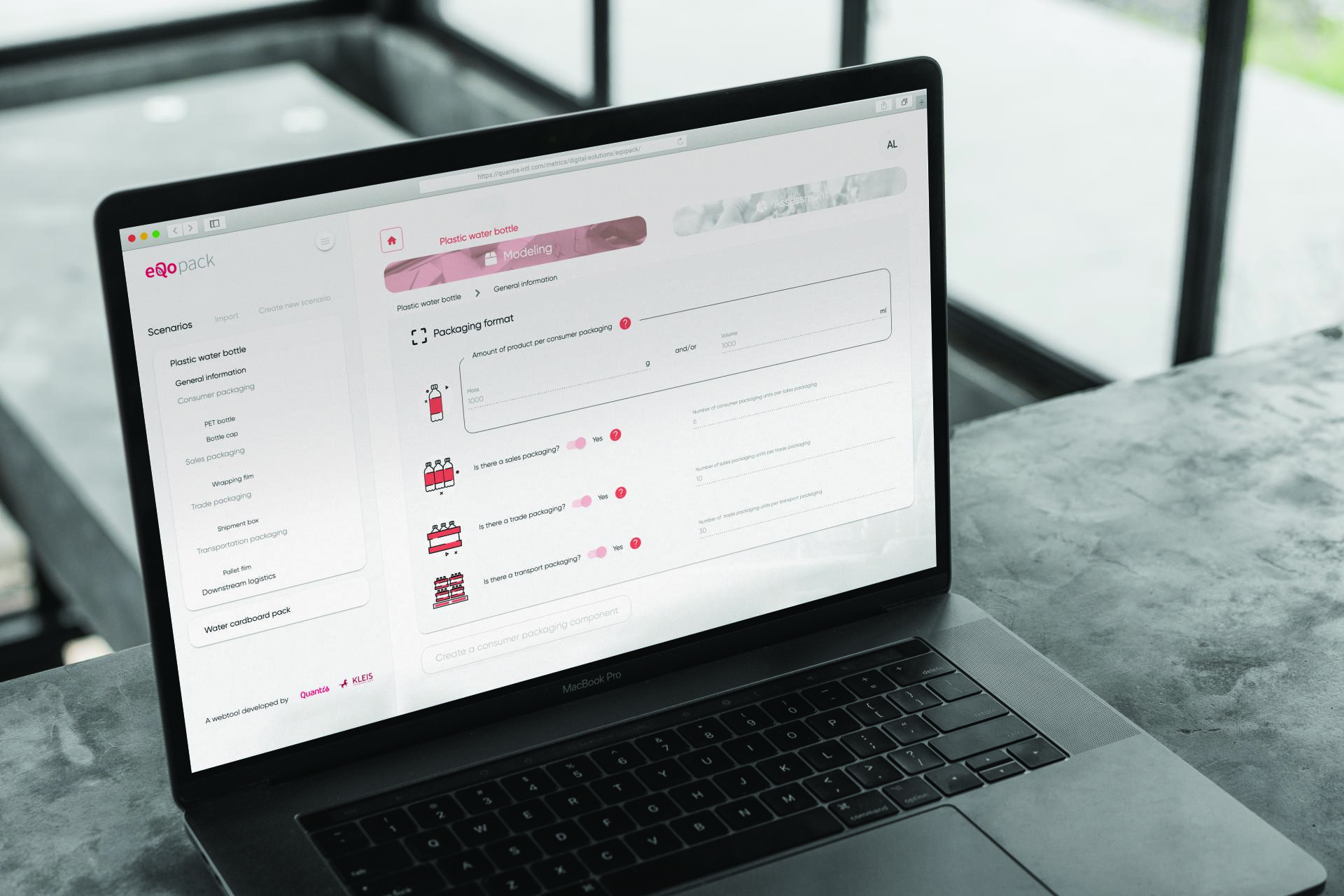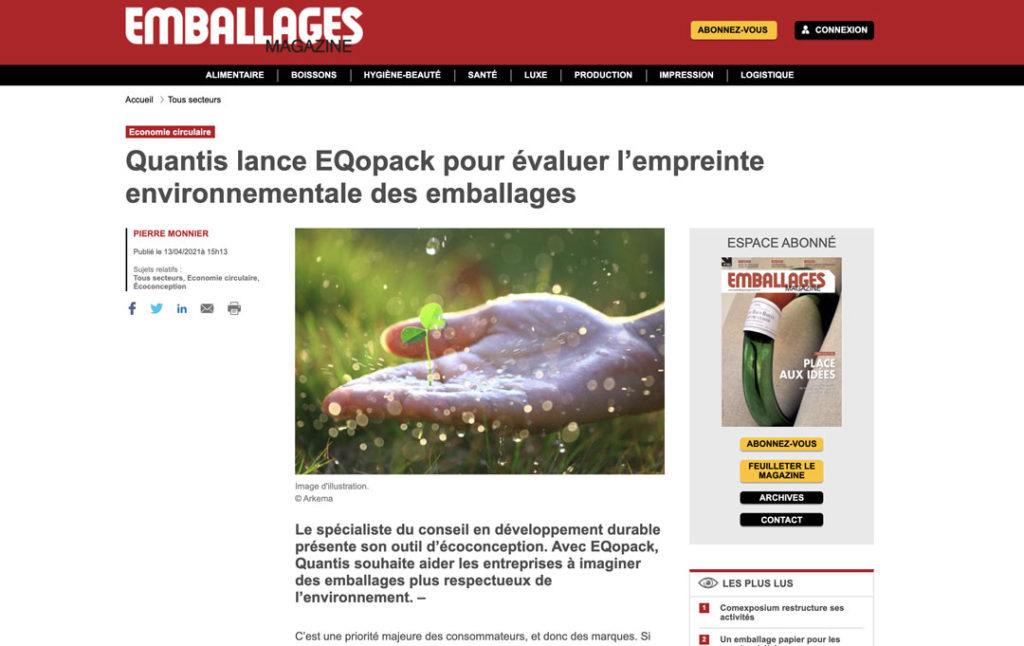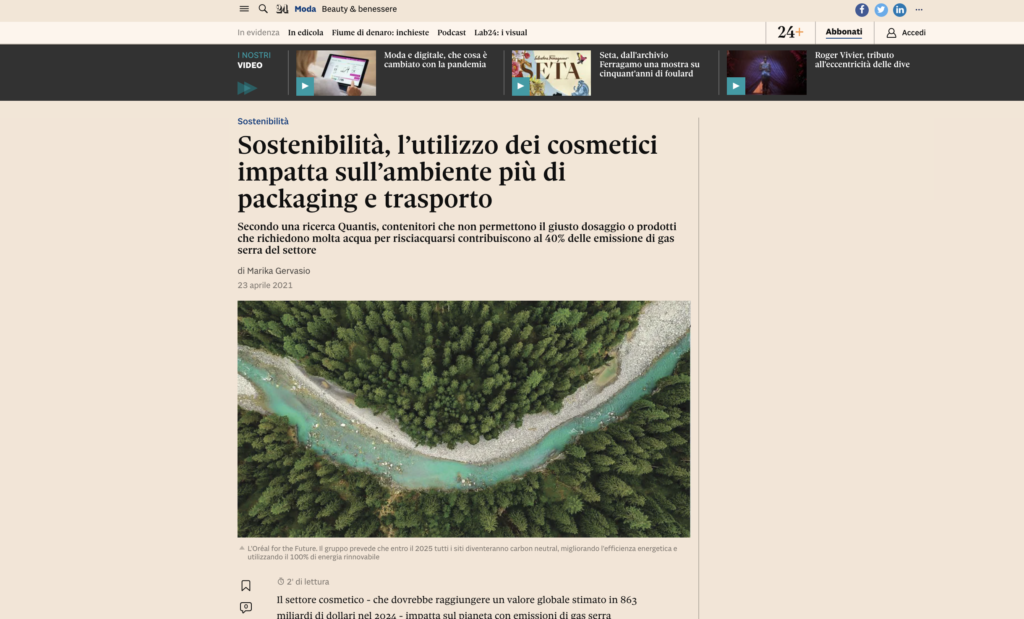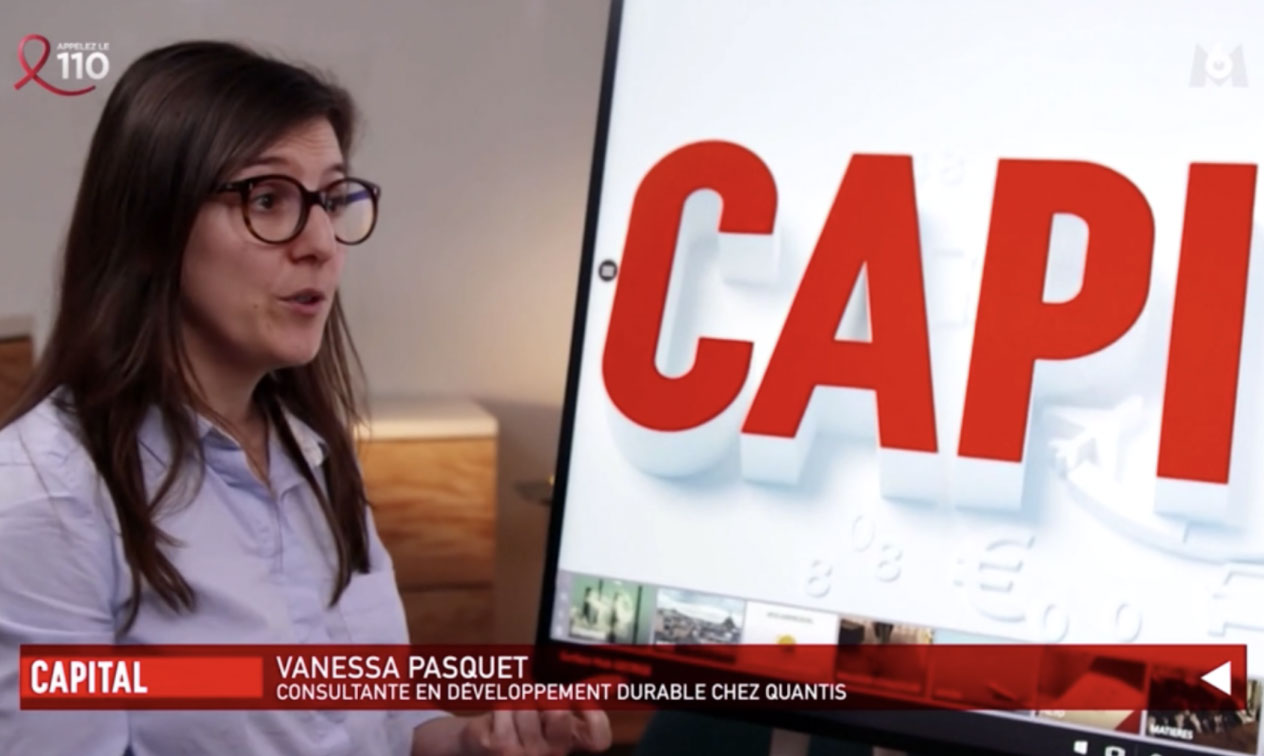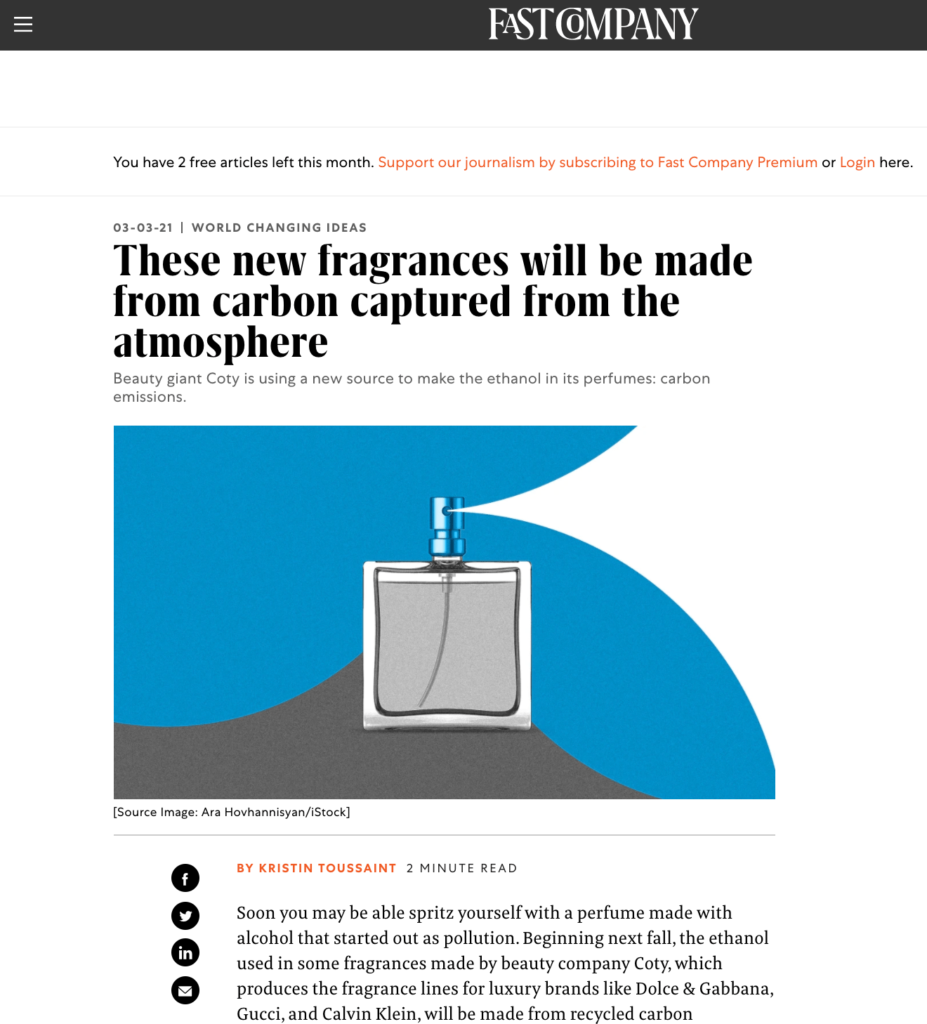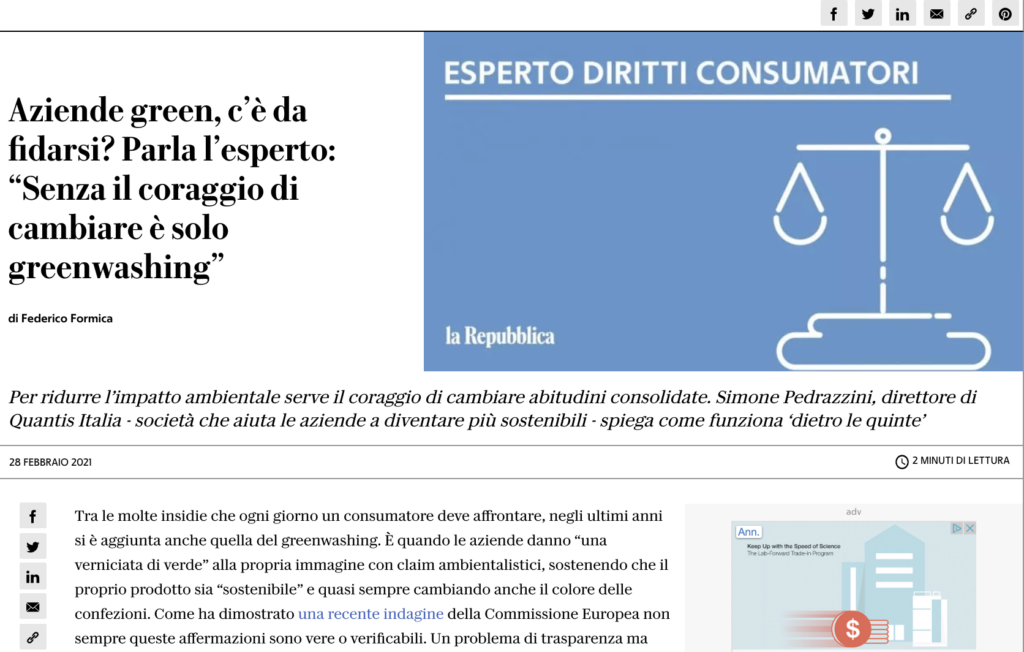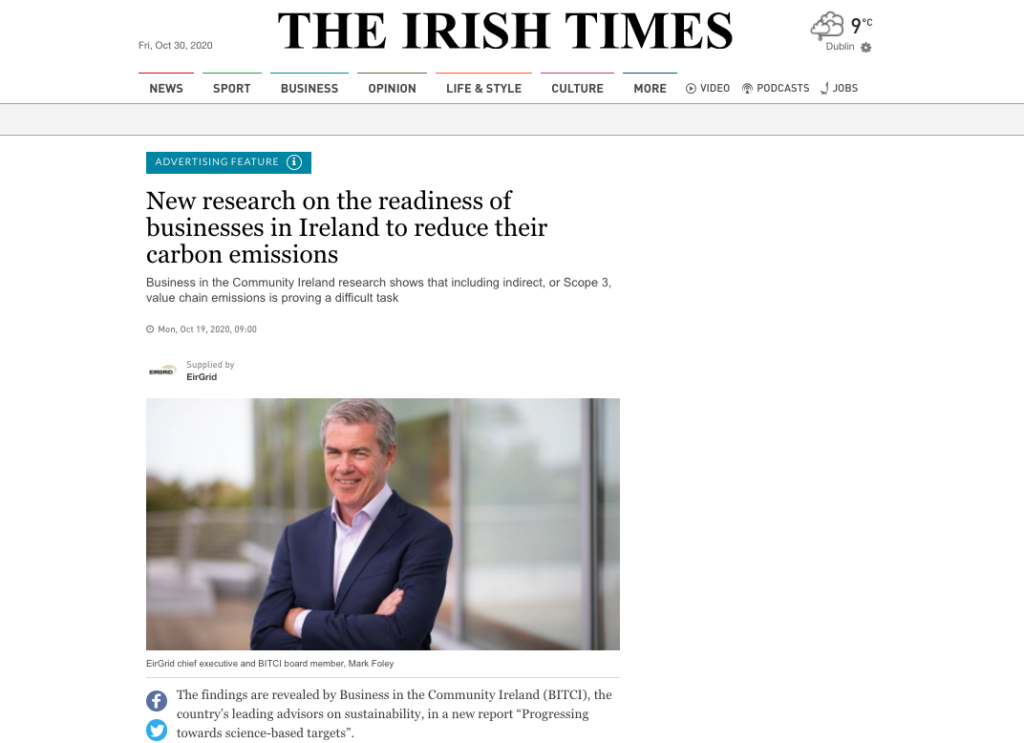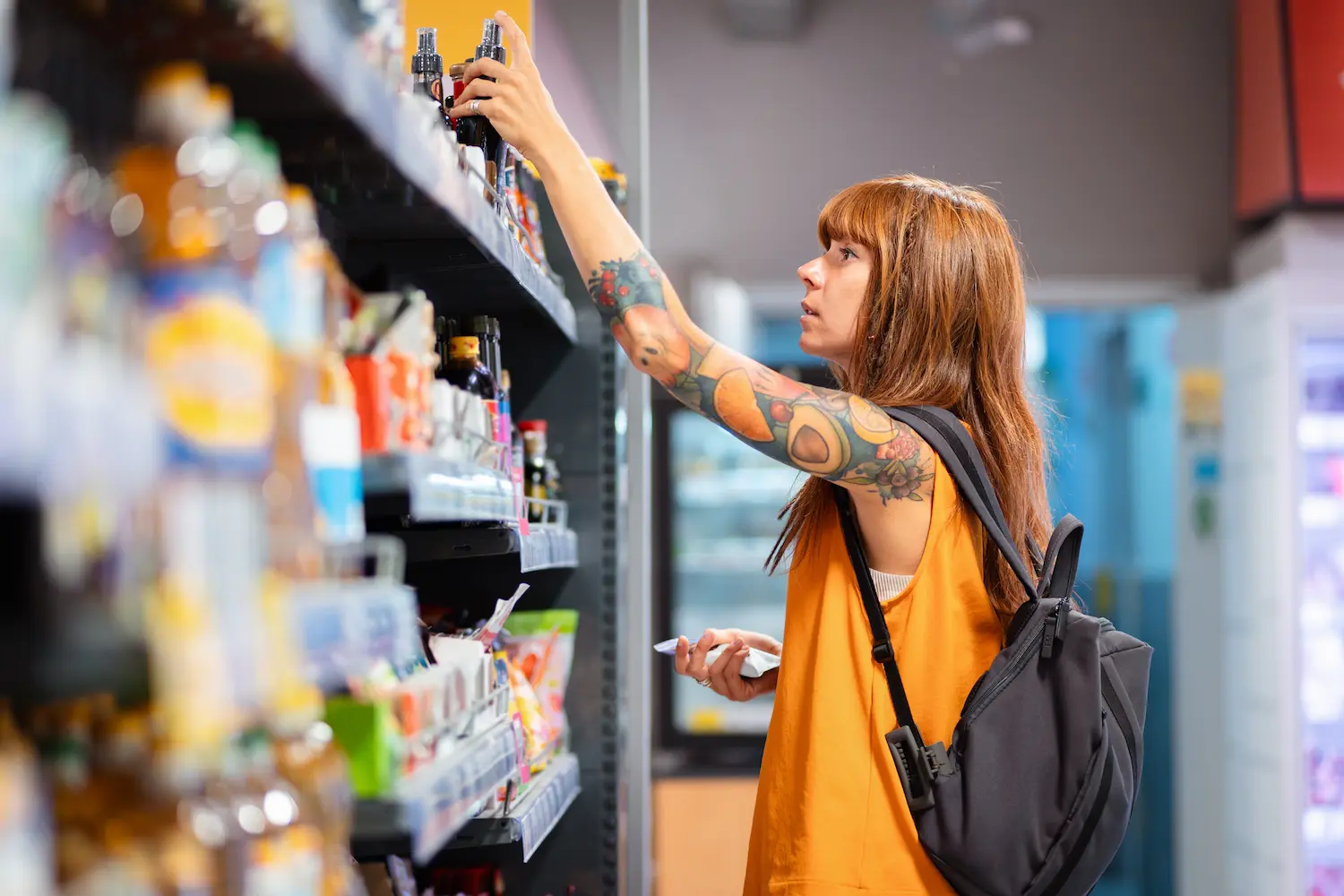
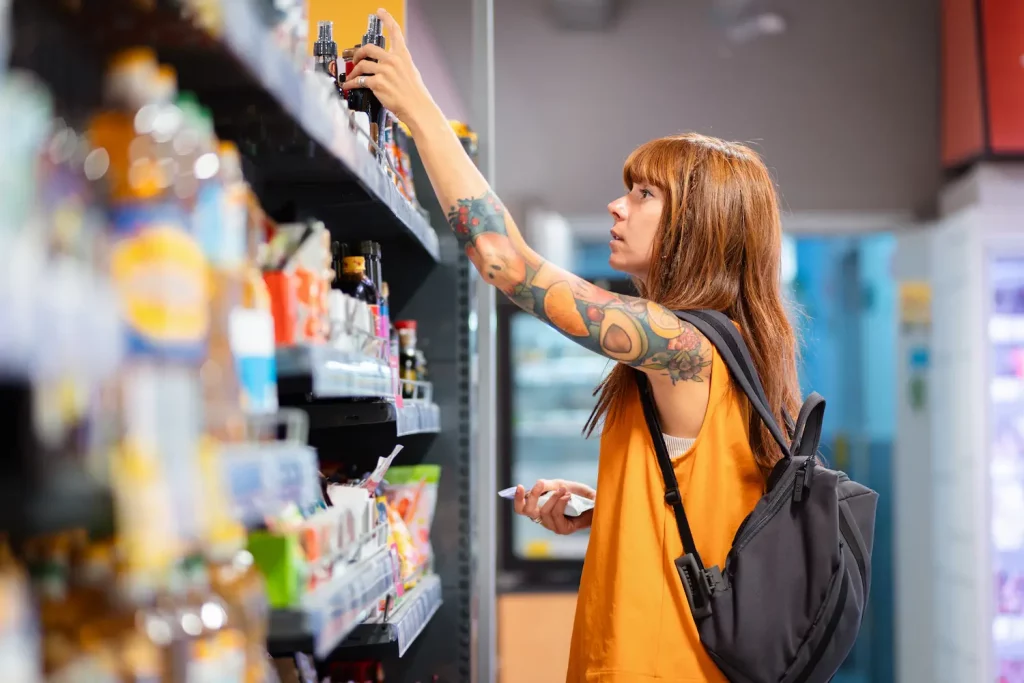
In times of inflation, consider whether shrinking a product for a short-term win could cause long-term brand damage — first, determine if it’s the best option and include a robust assessment of the environmental impacts.
Originally appeared in Sustainable Brands
In an era of intense inflation, the practice of shrinkflation raises important questions about its environmental impact — particularly regarding packaging waste.
One might think less product means less packaging and less waste in our landfills and oceans. But, like most things in life and business, it’s not that simple. Does shrinkflation really lead to increased packaging waste, or does it reduce it?
To better understand this, it’s essential to delve into the mechanics of packaging and consumer behavior.
Environmental Impacts
A key issue with shrinkflation from a consumer perspective is the perception of value for money; but the environmental impact is rarely explored, despite these concerns having much larger ramifications environmentally. One would assume that with a reduction in product size, packaging size would also decrease — yet this isn’t always the case. In many instances, manufacturers keep the size unchanged to maintain shelf presence or because of technical constraints in packaging design. This mismatch leads to an increase in packaging material per unit of product, contributing to more packaging waste.
Additionally, when faced with smaller product sizes, consumers may either consciously or unconsciously adjust their purchasing habits. Whether they purchase more at a time or more often, it can drive an increase in the total packaging entering the waste stream. This behavior is particularly noticeable in products that are consumed regularly and in large quantities — such as food items and household essentials — but doesn’t stop there.
The production and distribution of smaller-sized products may lead to increased energy consumption and carbon emissions. Consumers and suppliers may take more trips to get the same quantity of product. These factors, coupled with extra packaging requirements, amplify the environmental footprint of shrinkflated products even when the unit size diminishes.
Shrinkflation in action
One can glean a deeper understanding of shrinkflation’s impact on packaging waste from examining examples across various industries:
- Beverage industry: In beverages, shrinkflation often manifests through reduced bottle sizes. While the reduction in plastic used per bottle is a positive outcome, the increase in the number of bottles purchased to achieve the same consumption level may negate these benefits.
- Food industry: Perhaps the most visible sector for shrinkflation — a classic example is the shrinking of a chocolate bar, cereal box or number of chips per bag. If the packaging size remains unchanged, the ratio of product to packaging diminishes — leading to more packaging per gram of the product.
- Household and personal care products: Cleaning products, toilet paper and other household items aren’t immune to shrinkflation. These products, which often come in plastic or paper packaging, can contribute to packaging waste if consumers end up purchasing them more frequently. Take the case of “dollar-store sizing” paper towels — where regular cardboard rolls would carry 500 sheets, the same-sized roll at the dollar store might only carry 200. Not only is this resource inefficient, since the standard cardboard roll holds fewer paper towels; but it also means the customer will use more rolls and make more trips to the store. This in turn would drive a higher rate of stock turnover and more frequent resupply.
The environmental implications of shrinkflation-induced packaging waste are complex. As a rule, more packaging requires more raw materials, an increase in energy usage and water, and may decrease the likelihood for someone to know how to properly recycle — and as such, more waste ends up in landfills or incinerators. This increases the impacts associated with end-of-life treatments — for example, more emissions and energy used and greater risk of plastic leakage.
Additionally, using extra packaging without increasing the quantity of product increases transportation impact — for instance, an increased number of trips for delivering packaging to manufacturing sites, as well as for consumers purchasing the same quantity of products.
The solution
Today’s consumers are savvy when it comes to shrinkflation and the environment, which are key factors in brand trust. Consider whether shrinking your product for a short-term win could cause long-term brand damage. Rather than default to another incremental product shrink, first determine if it’s the best option and include a robust assessment of the environmental impacts.
If shrinking products is necessary, consider offsetting the impact by improving the packaging design — an opportunity for a product makeover that the customer can feel good about. The first step of a successful eco-design approach though should always be to remove any unnecessary packaging and reduce packaging weight without compromising product quality. Then, manufacturers can explore innovative packaging designs that are proportionate to the product size, use fewer resources, are easy to recycle and have the lowest environmental impacts (on carbon, land, water and plastic pollution). Packaging designers should also explore innovative business models, such as reuse or refill systems. This model may be even better than the traditional single-use system, as it can house the same quantity of product many times over.
Shrinkflation is just one of many examples demonstrating that even the most common business decisions can have far-reaching consequences on consumers and the planet. In this age of sustainable transformation, savvy leaders will need to look before they leap and keep in mind the good of people, planet and their bottom line.
Latest resources

To accelerate sustainable business transformation, transform your mark...
What marketers need to know to create a department culture that’s sustainability-savvy and free of greenwashing.

Why your business should prioritize ESG, even in the midst of a financ...
Fastcompany | Companies must learn from past crises and protect sustainability from falling victim this time around.

Making sustainability the business of business
Sustainability business: It must become a key component of every business strategy. And it starts with the C-Suite.





